Nikola Tesla's Brain
How wireless power transfer can change how the world runs
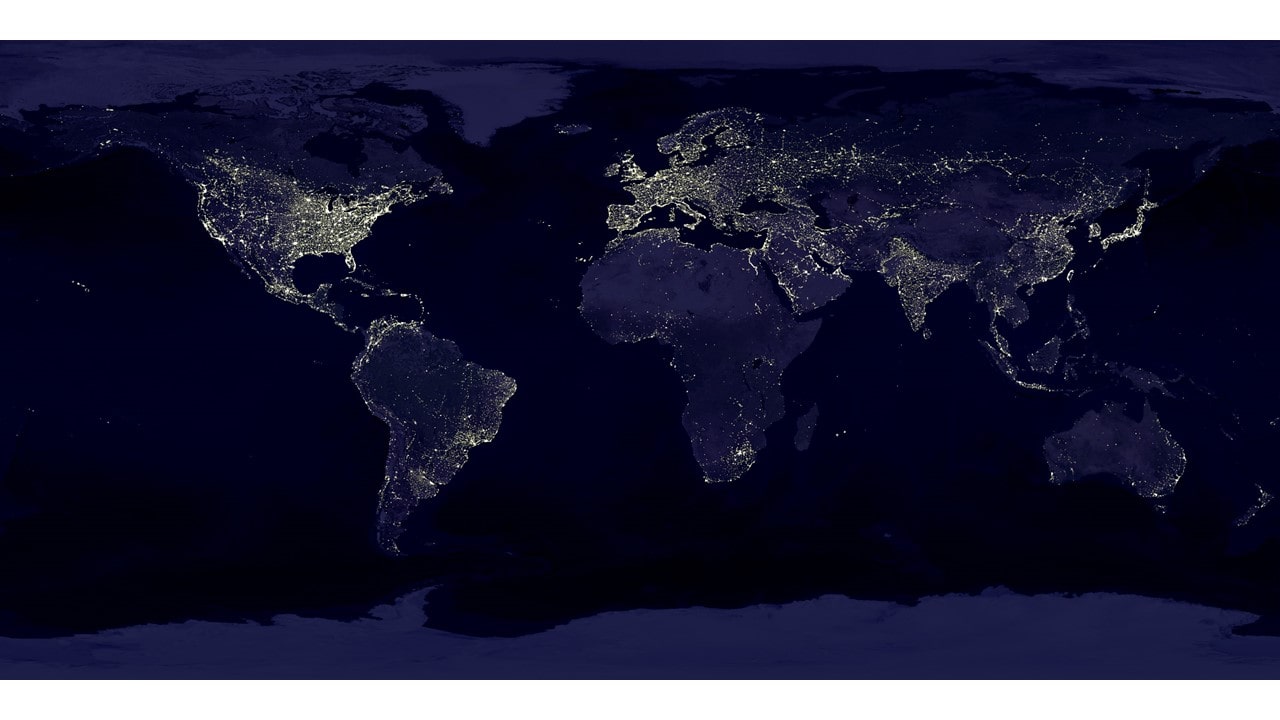
Credit: NASA
"When wireless is fully applied the earth will be converted into a huge brain, capable of response in every one of its parts." -Nikola Tesla
In the 19th century, Nikola Tesla envisioned a global wireless power grid that any home, business, or vehicle could tap into at will. In 2020, nearly 150 years since this vision of Tesla's, a wireless-powered world may soon finally become a reality.
Today, when charging our devices, we have limited spatial freedom to move around with the device, and typically, only one device can be charged at a time. Wireless power transfer (WPT), however, has the potential to be one of the proverbial “10x improvements” that leads to widespread adoption and unlocks new technology such as the Internet of Things (IoT). In a world where everything is connected, everything must be on.
The early applications of wireless power transfer
Naturally, one implication of an emerging technology like WPT is that it’s hard to predict exactly what kinds of new innovations it will enable. Part of the excitement around WPT is indeed seeing how companies will harness it in the coming years. That said, many companies are already exploring WPT and integrating it into existing devices, in the following ways:
- Contemporary consumer devices. Most of the devices that would benefit from wireless charging today are consumer devices (such as phones and smartwatches). Consumers buying wireless power transmitters will likely have them in their homes. Importantly, though, homes are one of the only places where consumers’ personal devices are not with them at all times (making wireless charging less of a step-up from wired charging). Many large consumer electronics companies such as Belkin have begun selling wireless power chargers as part of their product offerings. Other companies such as Yootech focus exclusively on wireless power charging products for consumers.
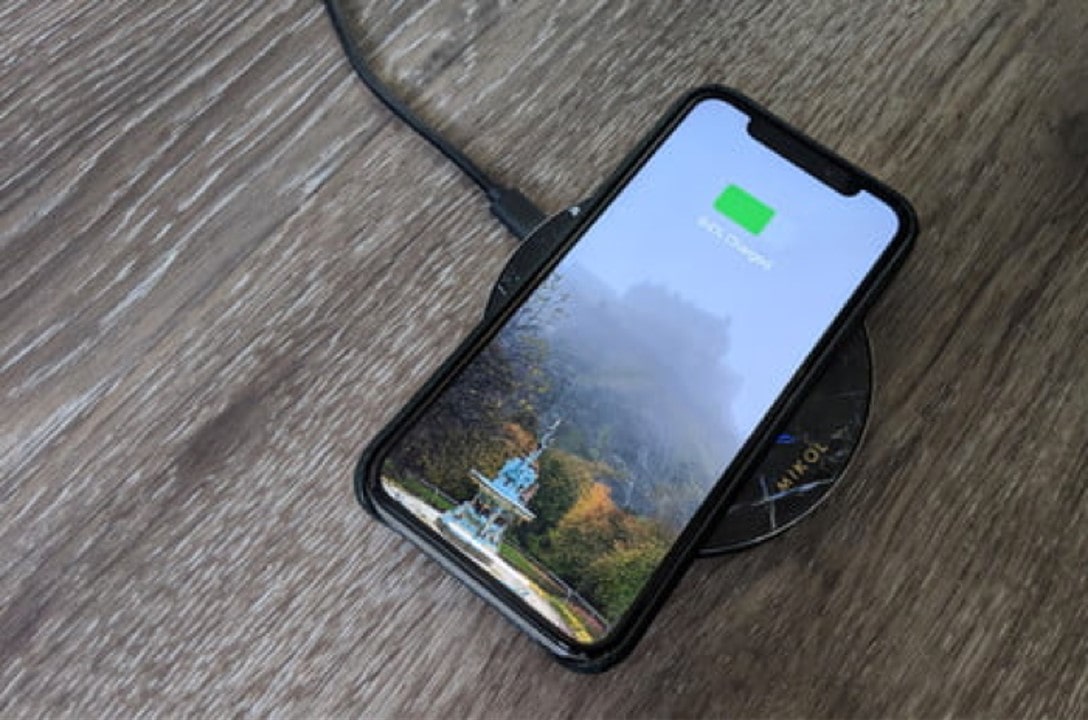
Credit: Digital Trends
- Enterprise. Consumers would benefit relatively more from enterprises (e.g., coffee shops, malls, airports, workplaces) that offer wireless charging capability because consumers actually have their devices with them at nearly all times when they are out and about. Wireless charging analytics (e.g., device location, device usage, time spent charging, customer behavior data) can also help businesses craft a better customer experience. Chargifi, for instance, is building an enterprise-first solution for near-field magnetic inductive charging.
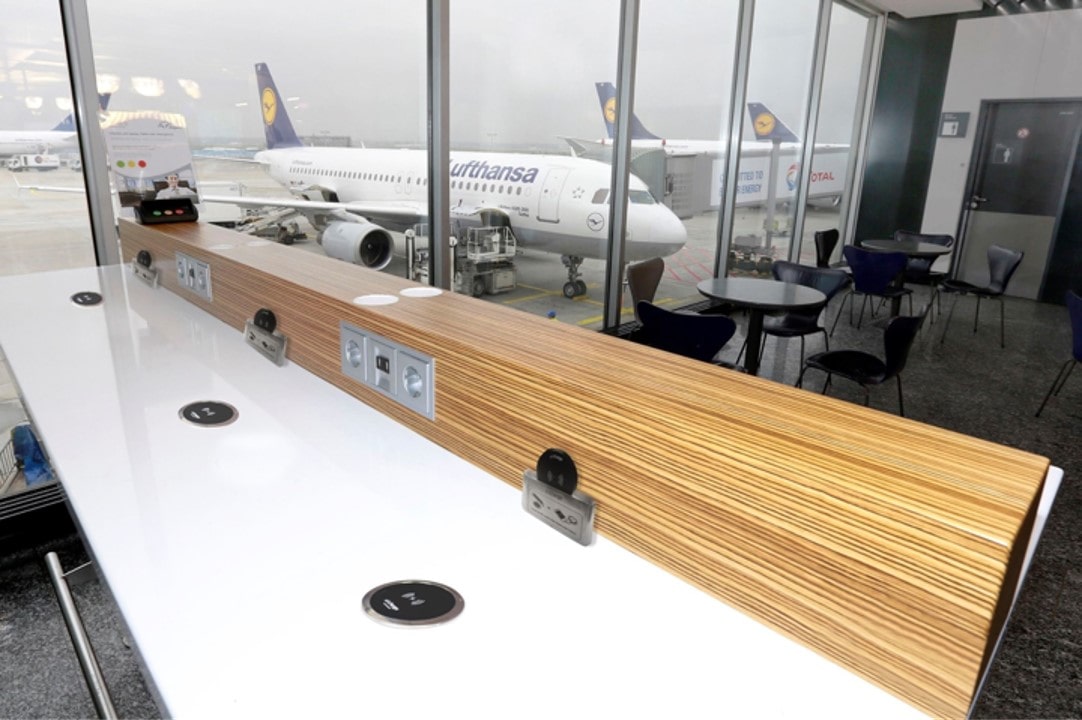
Credit: Smarter Travel
- Electric and autonomous platforms. Perhaps the most obvious appliance in an autonomous future is the car. Today, most drivers manually plug their electric vehicles into charging stations, but in a world of autonomous vehicles, no drivers exist to perform this function. Because the vehicles would need to be ready on-demand, wireless charging would serve an important function. WiTricity, for example, is building wireless charging mats for electric cars. Qualcomm and Electreon are building technology for wireless electric roads so vehicles can charge while driving. Importantly, other autonomous appliances such as drones, robots, trains, and trucks can also benefit greatly from wireless charging. Wibotic, for instance, is building a suite of wireless charging products for aerial, mobile, marine, and industrial robots, and Global Energy Transmission built a “power cloud” to charge drones wirelessly mid-flight.
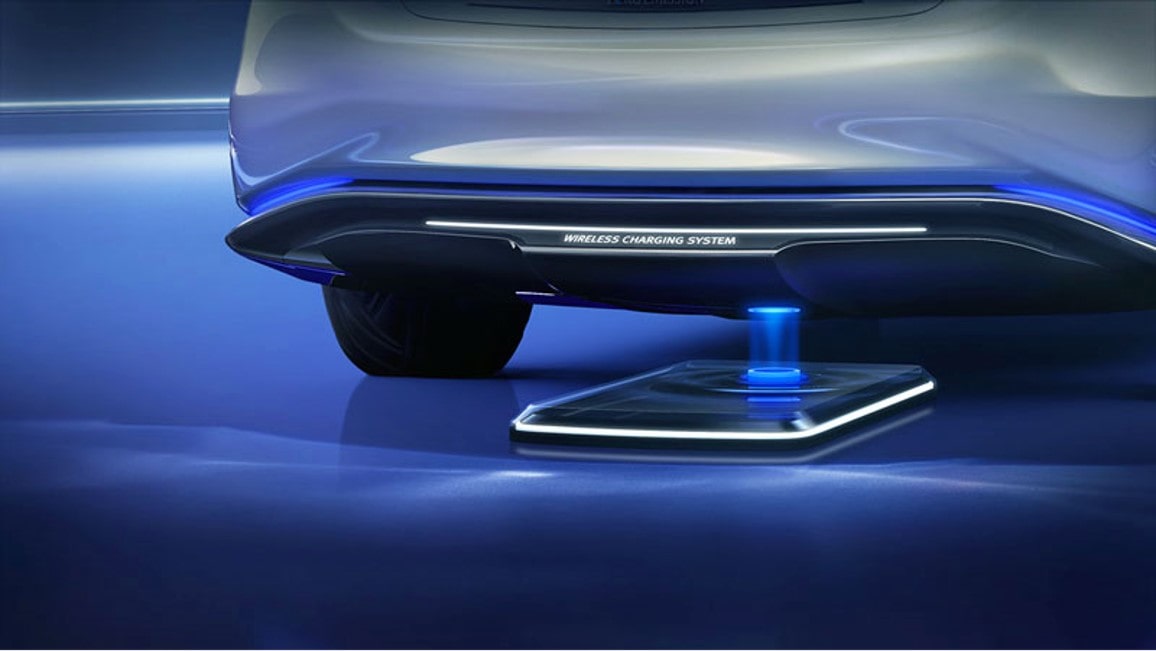
Credit: Design HMI
- Miscellaneous IoT appliances. IoT devices are the holy grail for WPT applications. Indeed, many IoT devices need continuous Internet connection and are often used without interruption, making wired charging infeasible. Wireless power technology will therefore likely evolve alongside IoT. In other words, as new IoT innovations come online, these advancements may trigger further development and adoption of wireless charging. Similarly, as companies continue to develop wireless charging capabilities, they may unlock new IoT use cases.
Exploring the two types of wireless power transfer
While WPT has a number of applications, the underlying technology boils down to two types: Near-field charging and far-field charging. Each type comes with its own implementations, challenges, and value chains.
1. Near-field charging

(Left) Humavox NEST. Credit: Humavox
(Right) Metaboards charging board. Credit: Metaboards
Near-field charging involves placing a device on a charging mat or box. This typically works well for devices that can remain stationary for long periods of time. The underlying technology for near-field chargers include the following:
1a. Magnetic inductive charging. In magnetic inductive charging, a charger contains a transmitter coil, which generates an oscillating magnetic field. The device being charged has a receiver coil, so when the device is placed near the charger, the transmitter coil induces an electric current in the receiver coil. The device utilizes the current to charge its battery. The magnetic field generated by the transmitter coil radiates in all directions, and the flux drops rapidly with distance. As a result, the receiver coil must be placed as close as possible to the transmitter to intercept the most flux. Moreover, the amount of energy the receiver coil captures is proportional to the cross section it presents to the magnetic field. In other words, to maximize efficiency, the receiver coil should have identical dimensions to the transmitter coil and should be aligned parallel with the transmitter coil. Many companies offer magnetic inductive wireless chargers, including Powermat and Moshi.
1b. Magnetic resonance charging. Unlike magnetic inductive charging, where energy spreads omni-directionally from the transmitter coil, in magnetic resonance charging, energy “tunnels” from the transmitter coil to the receiver coil. Indeed, here, the coils operate at identical resonant frequencies (determined by the coils’ distributed capacitance, resistance and inductance). Due to the strong coupling that occurs between resonant coils, the charger can still charge the device even if the two are slightly separated. WiTricity uses this property of magnetic resonance charging to deliver power wirelessly to electric vehicles. Furthermore, in magnetic resonance charging, energy can also tunnel from a single transmitter coil to multiple receiver coils. This enables creative form factors for near-field chargers. Metaboards, for instance, is building a wireless charging board that can charge multiple phones while flat.
1c. Radio frequency waves. Many common technologies today use radio frequency (RF) energy: WiFi signals, radio and TV waves, and microwave ovens. RF waves, however, create safety concerns if humans are exposed to high RF energy levels. So, near-field RF charging utilizes a charging container (akin to a microwave) where the RF waves are entirely contained. Devices placed within the charging container convert the RF waves to electricity to power the device. Humavox, for instance, is one of the industry leaders in building RF charging containers.
Challenges to widespread adoption of near-field charging
While many consumers already have experience with various forms of near-field charging, some challenges exist to widespread adoption. Some of these challenges are inherent limitations of near-field charging while others come from extrinsic sources.
Spatial freedom. A user that places a device on a charging mat may in fact have even less freedom than if her device were tethered. Indeed, when a device is plugged into a socket, the user can move it around. Meanwhile, if the device is charging on a mat, the user must keep the device within the specific confines of the mat. Even worse, in magnetic inductive charging, the charger and the device must be aligned in order to maximize charging efficiency.
Coil size. With magnetic inductive and resonance charging, devices must have the empty real-estate to integrate magnetic coils. The larger the coil size and number of coils, the larger the charging distance, and coils typically range in size from 30mm-55mm.
Regulation. While no regulatory body oversees the development of magnetic inductive or resonance chargers, the FCC does regulate RF chargers. Before any type of RF wireless charging technology hits the market, it must comply with these stringent FCC regulations and obtain a specific license. These FCC regulations are discussed in further detail below.
Value chain analysis of near-field charging
The main parts of the value chain are the device and the charger. In the world of magnetic inductive charging, however, the chargers have become commodified thanks to the development of the Qi Standard.
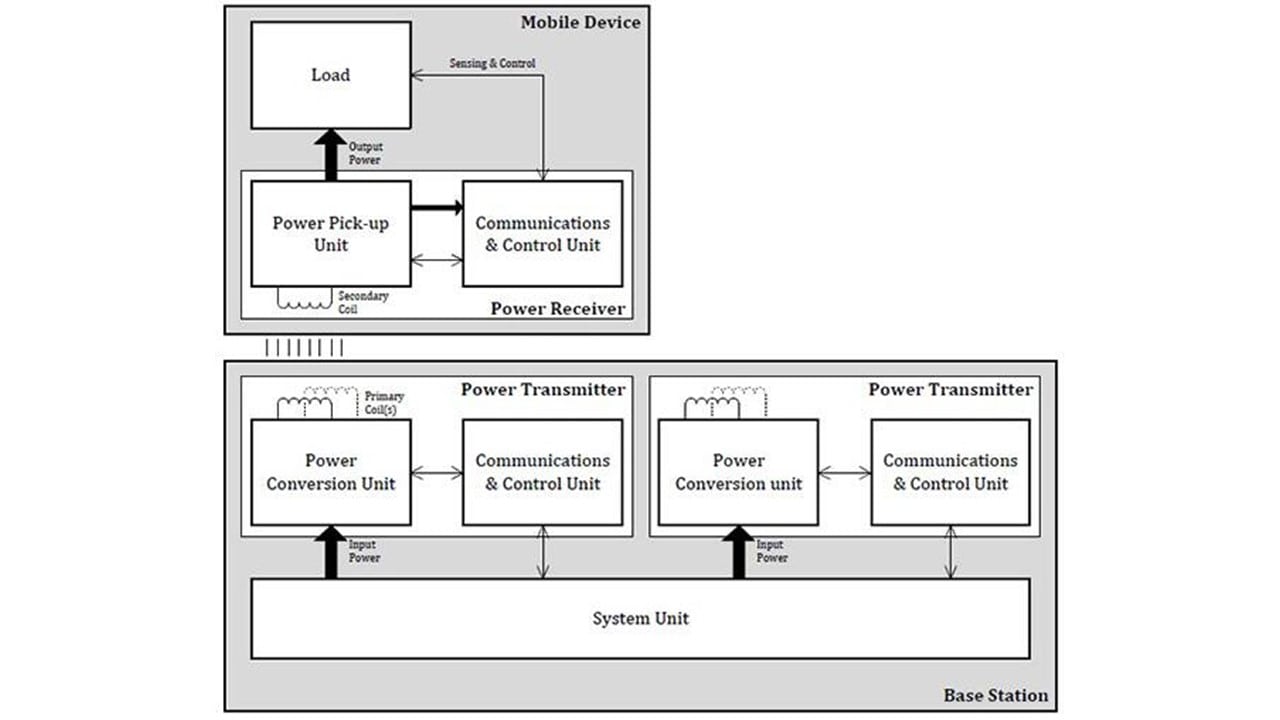
Basic system configuration of a Qi wireless charging system. Credit: Commons at Wikimedia
The Qi Standard (above) lays out a protocol for both magnetic inductive and resonance charging. It specifies the distance between the coils, the maximum wattage, the alternating current frequency, and the connection mechanism. The standard was developed by the Wireless Power Consortium (WPC), a group of corporations including Apple, Google, and Sony. Today, many companies adhere to this standard. Indeed, even companies not part of the WPC, such as Nokia and HTC, have agreed to make their mobile devices Qi-compliant. The Qi Standard essentially ensures interoperability such that Qi-compliant devices from different companies can charge on any Qi-compliant charging station. Qi interoperability reduces the risk of market fragmentation with incompatible products, scaling up the market for wireless charging.
Thanks to the Qi Standard, companies building magnetic inductive chargers have become essentially commodified and reduced to competition on other vectors such as form factor, analytics insights, and ease of use.
2. Far-field charging
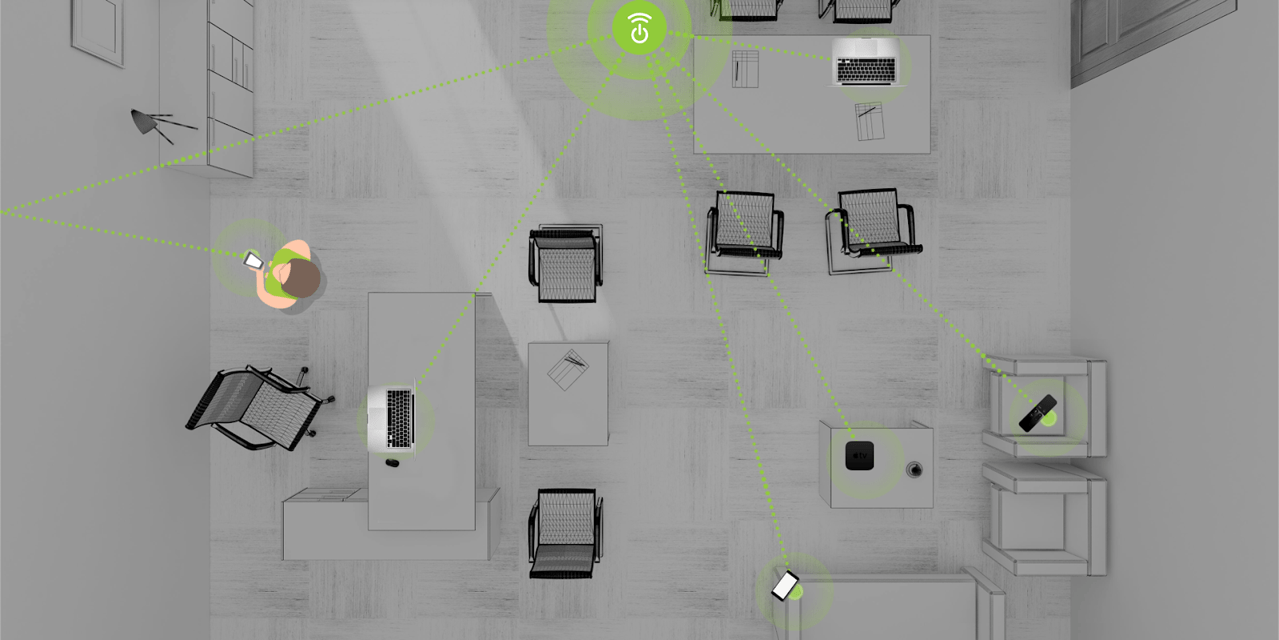
In far-field charging, a transmitter beams waves to devices, which convert those waves into energy. Credit: Ossia
With far-field charging, a user can walk around with and manipulate the device while it’s being charged. Although different companies use different technology to implement far-field charging, the overarching idea is similar: Chargers have transmitters that beam certain types of waves, and devices have receivers that intercept those waves and convert them into energy. These underlying technologies for implementing far-field charging include:
2a. Radiofrequency waves. While RF far-field charging is similar to RF near-field energy, the RF waves in the former are not contained in a microwave-like box. Rather, the RF waves travel through the air to the device being charged. Ossia, Energous, and Powercast are the leading far-field RF companies. Ossia is focusing exclusively on delivering far-field RF energy while Energous and Powercast offer not only far-field RF energy but also other charging solutions, including near-field charging.
2b. Ultrasound. The transmitter works like a regular audio speaker, except it transmits an ultra-high frequency sound that is imperceptible to the human ear. Like a microphone, the receiver picks up the ultrasound waves and converts the acoustic energy into usable electrical energy. Ultrasound far-field charging also doesn’t generate any electromagnetic interference that could compromise the performance of other electronic devices. Sonic Energy is one of the companies harnessing ultrasound to deliver far-field charging.
2c. Infrared light. Infrared light gets sent across an open area where a device receives the light and converts it into energy. Wi-Charge, for instance, is building (1) a charger that beams infrared light and (2) an external receiver that a user plugs into her device to intercept the light and charge the device. Nimbus Energy is building a proprietary photon battery that intercepts light and rapidly charges devices in seconds.
Challenges to widespread adoption of far-field charging
Far-field charging could unlock the Internet of Things, but it currently faces some challenges to adoption. Companies looking to enter and innovate in this space must consider ways to overcome the following barriers.
Regulation. Companies developing wireless far-field charging via RF must obtain a license from the FCC. The FCC has two main concerns: (1) RF waves may be harmful to humans, and (2) RF waves at certain frequencies may interfere with other waves on the electromagnetic spectrum. As of now, only a few far-field charging companies have obtained approvals from the FCC, including Energous, Powercast, and Ossia. Companies using lasers to beam infrared light must comply with certain safety standards from the FDA and OSHA. The main concern is that highly-concentrated lasers can expose humans to optical radiation, which can damage the skin and eyes. Ultrasound, however, due to its use for decades in the medical field, has been extensively studied and verified safe for human use and has fewer regulatory barriers.
Inefficiency. When sending energy over a distance, a beam diverges, resulting in less power going in the right direction, and more power splitting off and going elsewhere. The efficiency of far-field wireless RF charging is about 10% and drops off heavily the further away the user is from the transmitter. Compare this with 85% efficiency in wired charging and around 70% efficiency with near-field magnetic inductive charging. Due to this inefficiency, the device charges slowly, and to achieve more wattage, the transmitter would need to transmit more, possibly unsafe, amounts of power. Infrared light has shorter wavelengths than RF waves and therefore suffers from less divergence, achieving higher efficiency. Ultrasound, meanwhile, is absorbed by air, which means there could be extreme power loss beyond a few meters. Both ultrasound and infrared, however, are hampered by line-of-sight issues. In other words, a device hidden from plain sight (in a purse or pocket, for instance) will not be able to charge.
Standards. As Jim Olsen, a vice president at Energizer said, “a universal standard [for wireless charging] is the future of charging and unquestionably beneficial to both consumers and manufacturers.” While the Qi Standard exists for magnetic inductive near-field charging, no such standard exists for far-field wireless charging. As a result, consumers have no guarantee that their device, compatible with one company’s power transmitter, would be compatible with another company’s power transmitter.
Value Chain Analysis of far-field charging
The parts of the far-field charging value chain include the device, the receiver, and the transmitter. Today, the dominant approach has been to integrate the receiver and the transmitter. The practical result is that a company’s transmitters can only send power to devices that use the company’s receivers. This approach naturally yields two-sided network effects: The more devices that use a company’s receivers, the more users will buy the company’s transmitters, which in turn incentivizes more device manufacturers to use the company’s receivers.
Far-field charging companies are already trying to establish lock-in by partnering to build their receivers into various devices, including household appliances (refrigerators, AC units, dishwashers) and hearing aids. Although mobile devices currently do not use these far-field energy receivers, RF companies have collaborated with hardware companies to build mobile device charging cases that are compatible with far-field charging. Energous is also reportedly working with Apple to build its receiver chips directly into Apple’s devices.
It is possible, however, for the device and the receiver to be integrated while the transmitter is modularized. This would follow from the development of a unified far-field standard, akin to the Qi Standard. Although no such standard currently exists for far-field charging, some sort of standard could be developed soon. Indeed, while the WPC is known for developing the Qi Standard, the Airfuel Alliance (another alliance group that includes the likes of Samsung, Qualcomm, and AT&T) is focusing on wireless charging via RF and could therefore promulgate an RF far-field standard. Moreover, Energous, an RF far-field charging company, is a member of the Airfuel Alliance and could be pushing the group to adopt its standards.
If a standard does get fleshed out, having a separate company build both the receiver and the transmitter would make less sense. Under a unified standard, device manufacturers could build their own receivers, resting assured that any transmitter would be able to charge the device. Device manufacturers would naturally want to build their own receivers with their own specs because the future of IoT will involve devices of different shapes and sizes, with different requirements.
Cutting against the development of a unified standard, however, is whether an integrated receiver/transmitter company has already achieved sufficient lock-in such that the friction of re-developing products to adhere to a new standard would be too high of a cost. In this scenario, different devices would only be compatible with certain chargers. Consumers have dealt with this lack of interoperability in the realm of charging ports (e.g. USB-C, USB-A, lightning, etc.), so perhaps we can handle it in the realm of wireless charging as well.
Comparison of types of wireless power transfer
Wireless power transfer comes in different forms, each with their own distinct advantages, use cases, and barriers to entry. Below is a comprehensive comparison of these WPT methods. Companies looking to integrate wireless charging into their devices should consider which method makes the most sense for them. Moreover, innovative companies looking to enter the wireless charging market can create and capture value by addressing pain points in these various methods.
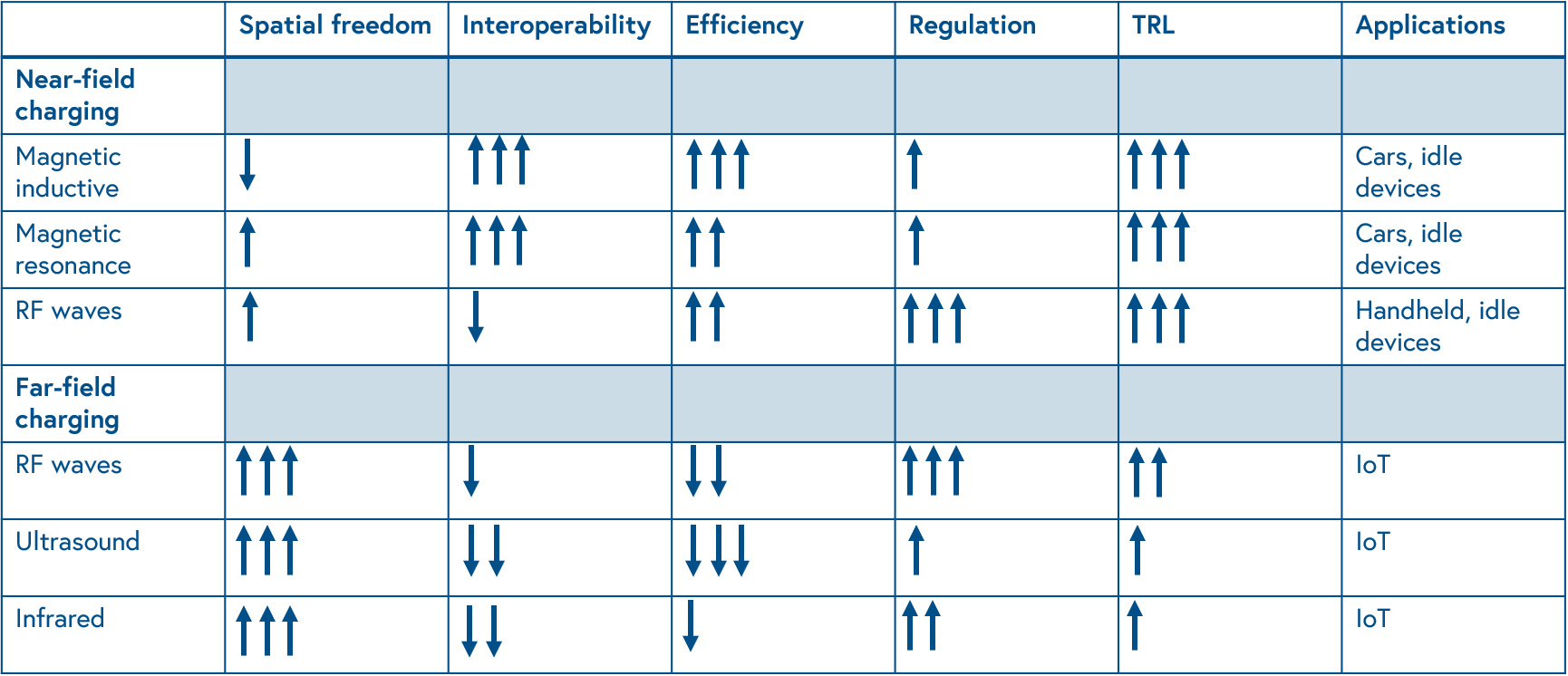
*TRL = technical readiness level
Conclusion
Near-field and far-field charging both hold promise for the future of charging. However, wireless power transfer is still in its early infancy, and there remain many questions around the best applications of this field: What are the devices best suited for near-field as opposed to far-field charging? Will one far-field charging standard rule them all? The existence of these questions implies massive room for exciting growth and experimentation in answering them. As more and more companies build wireless charging capabilities into their products and chargers, we’ll continue to grow along the S-curve of technological adoption and transformation. Soon, we’ll perhaps turn the Earth into the huge brain Tesla was talking about.
Christopher Wan is a Venture Fellow with Bessemer Venture Partners and JD/MBA Candidate at Stanford University.





